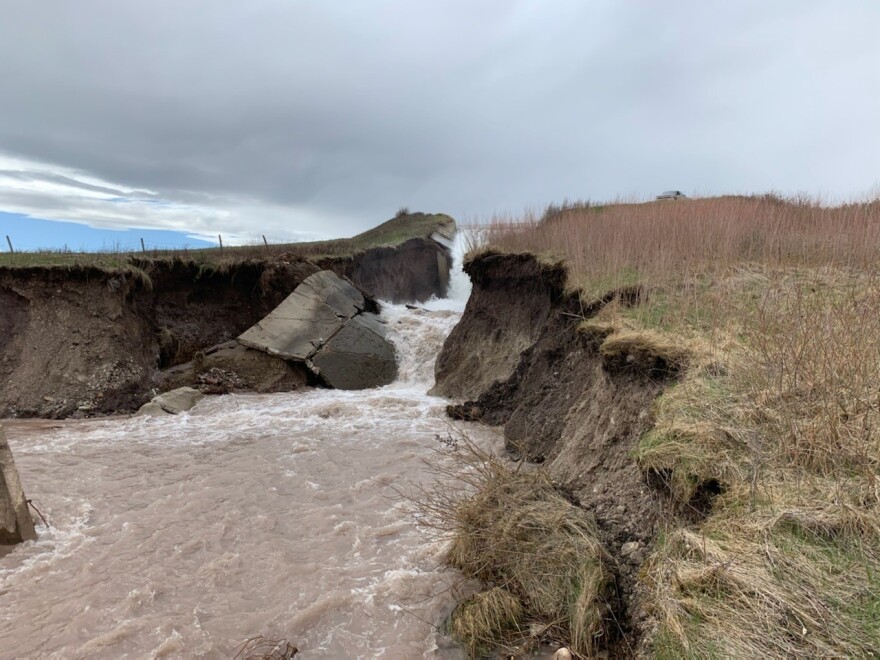The water is back on in the Milk River Project St. Mary Canal for the first time in nearly five months. Thursday's water release comes following repairs to a critical drop structure.
It will take about three days to move water through the canal and into the Milk River, which has been completely dry during the construction.
"It's still a little surreal," says Jennifer Patrick, project manager for the Milk River Joint Board of Control.
The Joint Board has been overseeing this $8 million project to replace Drop 5, which collapsed in mid May, and Drop 2, which was near collapse.
These two concrete structures are essential to moving water through the system that is a lifeline for the Blackfeet and Fort Belknap Reservations and other communities along the Montana Hi-Line as well as for recreation, wildlife habitats and irrigators.
If the water can keep flowing into next month, it will help to refill water for municipalities, fisheries, aquifers and reservoirs that have had to do without during this project.
Patrick credits cooperation between the Blackfeet Tribe, the engineering and construction companies and all the agencies that did the heavy lifting to get this done.
"I’s huge. It’s a big moment for the entire Milk River Basin and how we do projects. Especially since right now we are coming in under budget which is a huge plus as well," Patrick says.
But Patrick emphasizes this is just one small step and they need to continue to work with the Montana delegation in Washington, D.C. to update how the repairs are paid for on a system that is 100 years old.
"We have $200 million worth of aging infrastructure. And so we need to start piecing it off so this does not happen again. I don’t think we ever want to be in the situation again along the Hi-Line," she says.




